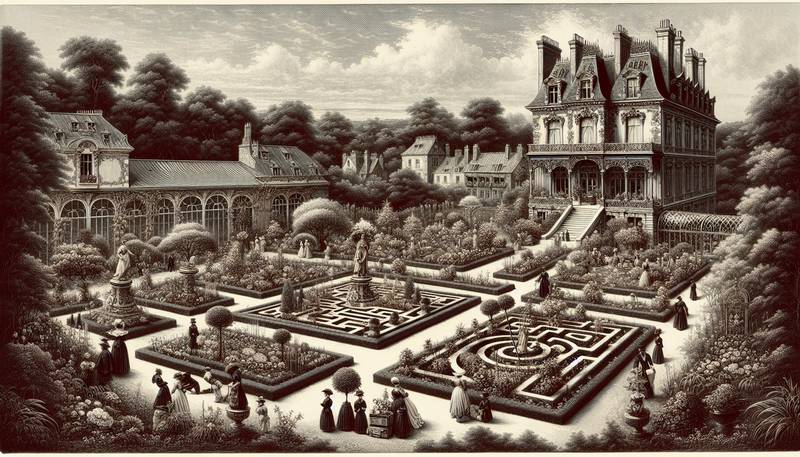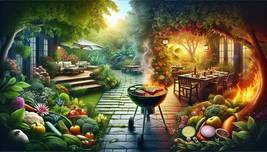Victorian Vignettes: A Guide to Period Garden Design

Cultivating the Garden of Your DreamsEvery time someone mentions Victorian garden design, a small group of unsuspecting plants may faint at the thought of being meticulously pruned and arranged in a perfectly symmetrical manner. The Victorian era wasn’t just a time for fancy hats and overly dramatic poetry; it was also the golden age of garden design, where homeowners transformed their backyards into works of art that could make even the boldest Impressionist painter weep with envy. That’s right; during these times, gardens weren’t just a place to throw down a few daisies and hope for the best. Oh no, they were a stage for the grand theatrics of nature! If you've ever wished to channel your inner botanical Shakespeare, here’s how you can create your own slice of Victorian glory. The Elements of SurpriseVictorian gardens were like that eccentric uncle who shows up at family gatherings wearing flamboyant trousers—unexpected, colorful, and a tad chaotic. To truly capture the essence of this era, you’ll want to mix up various elements to keep your garden intriguing and lively. Here are some key features to consider:- Formal layouts: Think straight paths and symmetrical flower beds. A little bit of order can go a long way, even if your garden looks like it’s auditioning for a role in a mystery drama.
- Focal points: A grand statue or a whimsical birdbath can act as the cherry on top of your Victorian garden sundae. Just make sure it doesn’t look like it’s auditioning for a horror movie.
- Mixed plantings: Layer different heights, colors, and forms. A garden should be like a well-cooked stew—lots of ingredients mixed just right, but without any mystery lumps!
Grand Structures and Tiny DetailsLet’s not forget the importance of structures. Think of these as the carefully placed accessories that can elevate any outfit… or garden. Arbors, trellises, and gazebos can become the cherry on top of your horticultural sundae, merging functionality with beauty. But be cautious—these can also be a perfect spot for garden gnomes to gather and plot their world domination. Then there are the tiny details. Garden furniture, lanterns, and even decorative tiles can add personality. Pro tip: if you include whimsical items, just make sure they aren't too whimsical or you'll end up with a garden that looks like it’s ready for a toddler's birthday party.Plants with PersonalityNot all plants are created equal, especially in the Victorian garden. Think of it like casting a movie—you want actors that can hold their own and bring drama to the screen. The Victorians were particularly fond of the following:- Roses: What’s more romantic than roses? They’re basically the Victorian era's equivalent of a love letter in bloom.
- Ferns: These add a touch of mystery! Also, they thrive in shady spots, which is rather convenient for those who prefer to avoid the sun.
- Clematis: With its sprawling vines, this plant is like that overenthusiastic friend who just wants to take over everything. And who can blame it? Clematis is charming!
Working with Nature’s QuirksEmbracing the whims of nature is part of the charm when designing your garden. Maybe a squirrel decides your newly planted bulbs are the perfect snack, or perhaps an unexpected rain shower turns your meticulously arranged flower beds into an impromptu swimming pool. The essence of a Victorian garden lies not just in how it looks, but also in how it feels. It should invite visitors to meander through its pathways, stopping to enjoy the view, or perhaps a cheeky chat with a fellow garden lover over the best way to keep the rabbits at bay.Falling Into PlaceCreating your Victorian garden may require a bit of work, patience, and an occasional strong cup of tea, but it’s well worth the effort. Just remember, gardening is not a race. It’s more like a slow dance between you and the plants, with occasional missteps—and that's perfectly fine! With a bit of hard work, a sprinkle of creativity, and enough enthusiasm to make even the most jaded garden gnome smile, you too can transform your outdoor space into a Victorian wonderland that could impress even the most skeptical of horticultural critics. And if you manage to create a garden that’s a bit of a show-off, just let it be—after all, every garden deserves its moment in the sun!
|
|







